If you live in eastern Japan, you probably know Amanoya's Kabuki fried.
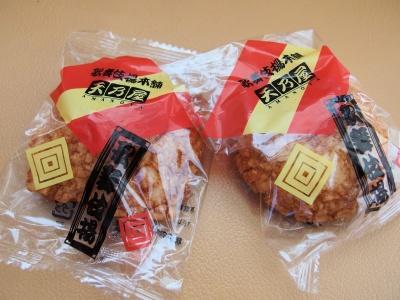 If you look at the back of this individual package, you can see that
If you look at the back of this individual package, you can see that
It says, "This rice cracker has a round shape and a square shape."
It is said that Kabuki fried dough designed with round or square Kabuki regular patterns. It seems that it began to fry softly with the times, and the pattern became invisible. The square attached to the individual package is one of Kabuki's regular crests, and is called "Mimasu".
On the other hand, this is "Sodegaura Naka" of the long-established Shiose Sohonke in Akashi-cho, Chuo-ku, famous for buns.
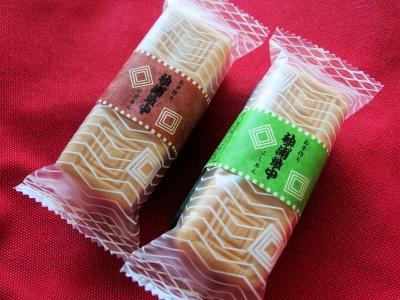
In the middle of Sodegaura, it is unusual, and the skin in the middle and anko are separate. When you eat it, you can combine it with excitement and enjoy a crispy texture. It is said that it was devised by Danjuro Ichikawa, the ninth generation of the Meiji era, and is also known as "Danjuro Naka". The package "Sansho" is a regular crest of the Danjuro Ichikawa family.
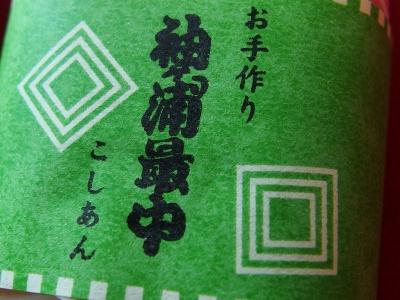
Speaking of the ninth generation Danjuro, Kabuki actor in an article I wrote in February through the Booklet of 1932. This booklet, whose cover is designed with a regular crest of "Sansho", is from the 9th generation Danjuro 30th anniversary exhibition at Kabukiza in 1932.
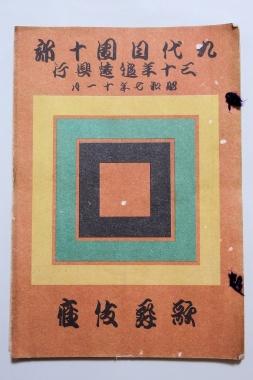
1932. This year seems to have been a turning point for the Ichikawa Soke family. This is the year when the birth of the Danjuro Ichikawa family was elucidated by Sansho Ichikawa at that time (Sansho, the name of the 10th generation Danjuro after his death).
The booklet contains the origin of the Danjuro family. It is Koshu's theory that Danjuro's ancestors were samurai who served under the Takeda family in the Warring States period.
There are still various theories about the origin of the Danjuro Ichikawa family. The Koshu theory seems to have existed for a long time, but it was in 1932 that a family tree supporting it was discovered.
The birthplace of Danjuro Ichikawa is Ichikawa Misato-cho, Yamanashi Prefecture. I learned that there is Kabuki Bunka Park there, and when I visited Yamanashi Prefecture for cherry blossom viewing in April, I stopped by.
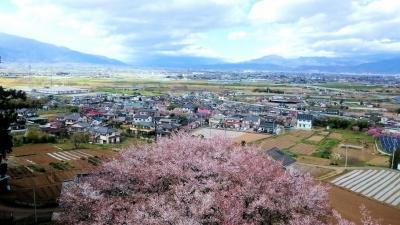
Kabuki Bunka Park is located on a hill with a wonderful view overlooking the Kofu Basin, and during the Warring States period, there was the castle of Shinryu Ichijo (the younger brother of Shingen), who was the lord of the Takeda family. The ancestors of the Danjuro family seem to have been taken up by this man.
In this park, there is a museum and a memorial to Ichikawa Danjuro departures. In the 1980s, this monument was built when Ebizo at the time named the 12th generation Danjuro. It seems that the wish of the teens and eleventh generation Danjuro, who could not fulfill all the time, was fulfilled at this time.
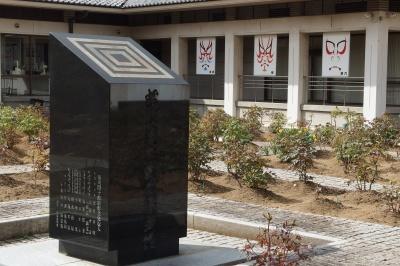
If you combine the contents of the booklet in 1932 with the information obtained at the museum, the Koshu theory up to the first Danjuro was described.
The ancestors of the Ichikawa family were Juro Horikoshi, a samurai of the Kai Kunitakeda family.
↓
He gained martial arts in the battle of Mimase Pass, and was given a place of knowledge near the castle of Shinryu Ichijo.
↓
After the fall of the Takeda family, he relied on Acalanatha, which the clan worshiped, to seek salvation from Narita Fudoson, and moved to Hataya-mura, Hanyu-gun, Shimousa-kuni (near Naritasan) to become a peasant.
↓
His grandson went to Edo and lived in Izumi-cho (now near Ningyocho, Chuo-ku) and claimed to be Juzo Hataya.
↓
Juzo made a man, and the child was named Ebizo.
↓
Nakamura-za and Ichimura-za were located in the neighboring town of Izumi-cho, so he began to immerse himself in the play and became an actor named Dan Ichikawa.
↓
He founded the acting style of "Arashi", which shows using exaggerated expressions such as kumatori and mie, changed his name to Danjuro, and became a leader in Edo Kabuki.
That's the flow, but what was interesting here was the explanation board that describes the regular crest of "Sansho". There seems to be various theories about Sansho's regular crest.
In the 1932 booklet, we have published this report.
"When the first Danjuro worked for Fuwa Shozaemon, the regular crest was changed to Sansho when he used costumes sewn with lightning and Sansho."
It says that it is different, but the explanation board of the park says.
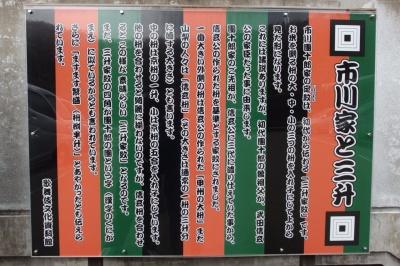
The Sansho's crest is designed with three large, medium, and small "masu" nested in.
The middle basin is ... one sho of "Kyomasu" (1 sho of rice = 10 go),
The small masu is a 5-go Kyomasu (half-masu), a masu.
The large masu is the Shingen masu, which is worth 3 square meters.
That's right.
It is an explanation that when the Shingen Masu, also known as Sansho Masu or Koshu Masu, is combined with the two Kyo Masu, it becomes a beautiful "Sansho" crest. It is said that this confirms that the origin of Danjuro was Koshu.
In addition,
"Because the square of the Sansho family crest resembles the word Danjuro Dan."
"I was more and more prospered (Masu Masumasu Hansho)."
It's written in various ways, and even if you look for it online, you can find it.
"Derived from the name of the battle of Mimase Pass, where Danjuro's ancestors achieved martial arts"
That's what I mean.
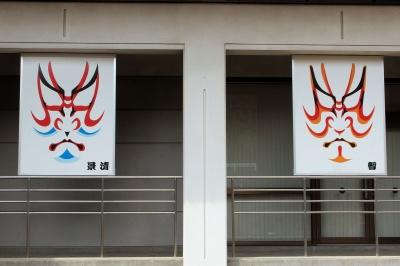 "I went to Mt. Narita because Shingen worshiped Acalanatha."
"I went to Mt. Narita because Shingen worshiped Acalanatha."
"The roughness of the storm was born from the Koshu dialect."
"The name of Ebizo was born when Takeda's red armor resembles a shrimp with red shells."
And Danjuro Roman, which is related to Prince Shingen, appears in various ways when you look for it.
I was surprised that Danjuro was involved in Shingen, but I was surprised at the number of historical romances that have been created so far because of the many mysteries.
Originally located in Shingen, the romance of Danjuro overlapped with the great romance of the Warring States period, and I think that the romance spread further, but seeing and hearing what various people have studied and imagined in this way I felt that it was one of the pleasures of history.
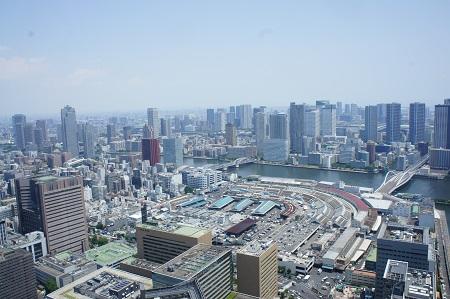
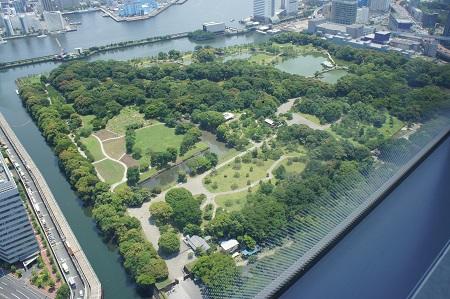
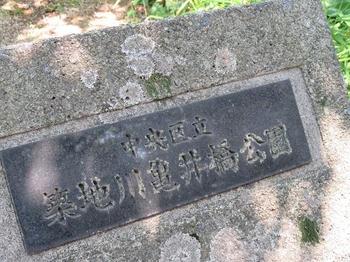
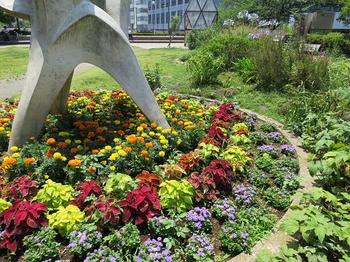
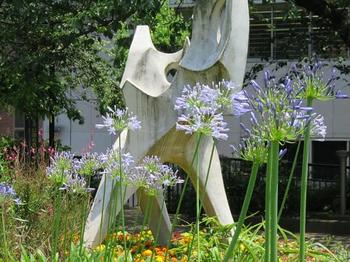
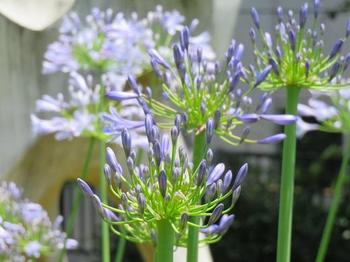
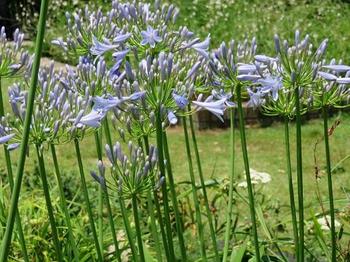
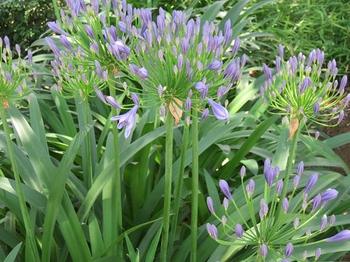
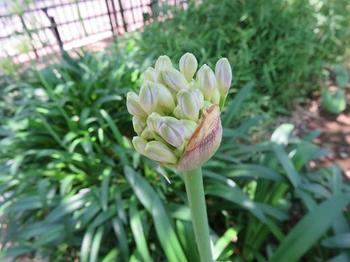
 If you look at the back of this individual package, you can see that
If you look at the back of this individual package, you can see that





 "I went to Mt. Narita because Shingen worshiped Acalanatha."
"I went to Mt. Narita because Shingen worshiped Acalanatha."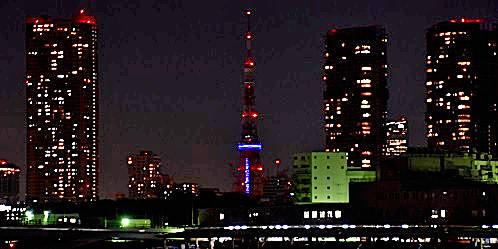
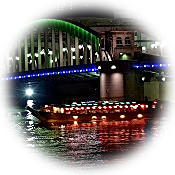 "One million candle night" was started in 2003 by the "Eut off the Denki and have a slow night".
"One million candle night" was started in 2003 by the "Eut off the Denki and have a slow night".
